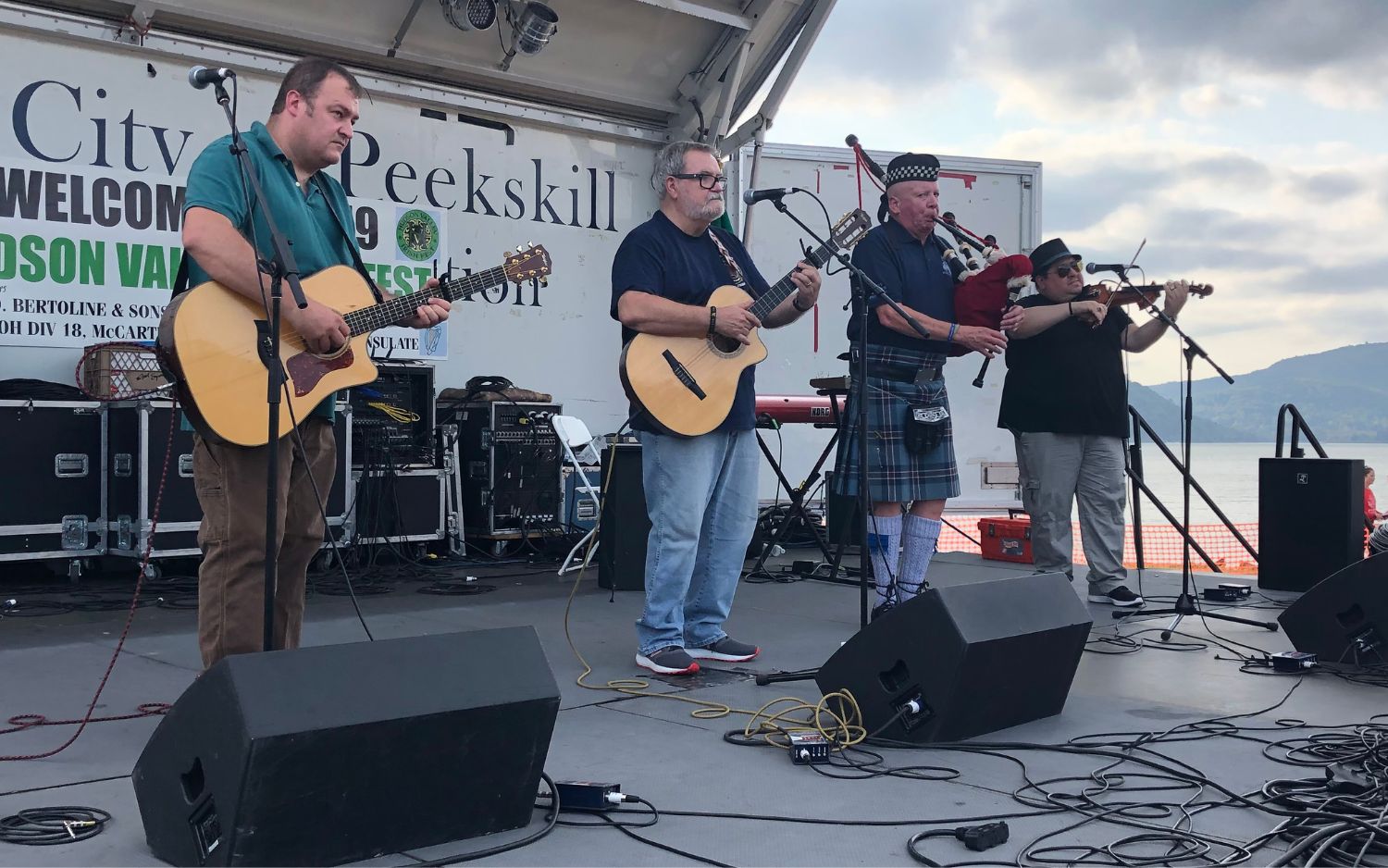Last week, law enforcement officials announced the arrest of several reputed gangsters from the New York and New Jersey areas who were charged with trying to obtain so-called “no show” union delivery jobs at various newspapers.
There are a couple of funny things about this story. First of all, while it pains me to note this, both unions as well as newspapers have fallen on hard times. So if you’re looking for a secure future, nailing down a union job at a newspaper is not exactly a great score, even if the job is of the “no show” variety.
However, the really interesting thing about this story comes when you look at the names of the individuals arrested.
While the times are certainly a ’changin’ and we are nearly a decade-and-a-half into the 21st century, the individuals arrested here appear to represent some old-school (alleged) organized criminals. The big cities in America now have gangs representing many nationalities, from Russian to Chinese, but in this case we’ve got Italian Americans.
But one of these Italian Americans has a really interesting twist.
As the FBI noted in its news release on the case: “A criminal complaint was unsealed today in federal court in the Eastern District of New York charging Benjamin Castellazzo, Jr.; Rocco Giangregorio; Glenn LaChance, Rocco Miraglia, also known as ‘Irving,’ and Anthony Turzio, also known as ‘the Irish Guy,’ with conspiring to defraud the Newspaper and Mail Deliverers’ Union (NMDU) and Hudson News in order to obtain a union card and employment at Hudson News for Castellazzo, Jr.”
Hold on a second.
“The Irish guy”?
Mafia history, of course, is loaded with fascinating nicknames, from Sammy “The Bull” Gravano to Jimmy “The Gent” Burke.
But “the Irish guy”? Where on earth did that come from?
I did a little sniffing around. Asked some people. Scoured some darker, more obscure corners of Google.
Nothing.
But then I remembered. When you want to know anything about organized crime, you have to go to the top authority, Jerry Capeci, a former New York Daily News columnist who now runs ganglandnews.com. If it has to do with the mob, Capeci knows it.
In an email, Capeci explained that Turzio’s Hibernian nickname has to do with an East Side Manhattan housing complex with a significant Irish population.
Turzio hails from “Knickerbocker Village in lower Manhattan, an apartment complex on the East River between the Brooklyn and Manhattan bridges,” said Capeci, adding, “I’m from Brooklyn but I know a little bit about the makeup of Knickerbocker Village.”
Built in the early 1930s, Knickerbocker Village is located just north of the Brooklyn Bridge and traditionally served the city’s working- and lower-middle classes.
Around the middle of the century, Knickerbocker Village’s tenants were heavily Irish and Italian. That’s when Anthony “the Irish guy” Turzio – who is now 78 – would have been coming of age.
“Turzio lived in a section of the complex populated mostly by Irish immigrants and Irish Americans,” continued Capeci. “He hung out mostly with Italian immigrants and Italian Americans. So they called him, as well as his brother, and other members of his family, ‘Murphy the Irish guy,’ with ‘Murphy’ or ‘a Murphy’ being a term that was used by many Italians to refer to others with Irish lineage.”
It’s a safe bet that in the sharp-tongued circles of the underworld, this was not exactly a compliment.
Either way, Capeci notes, “The nickname ‘Murphy the Irish guy’ eventually was shortened to ‘the Irish guy.’”
And just in case you doubt Capeci, he vows that he was told this “by two sources, one on each side of the law.”
We’ll leave it up to the courts to decide if Anthony “the Irish guy” Turzio is guilty or innocent. There’s also some fun to be had imagining what Turzio would be called if he lived in today’s Knickerbocker Village, which is more heavily Hispanic and Asian
But even here in the 21st Century, amidst aging Italian Americans who may or may not have been dabbling in criminal activities, the Irish influence in New York is still unavoidable.




Comments